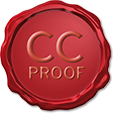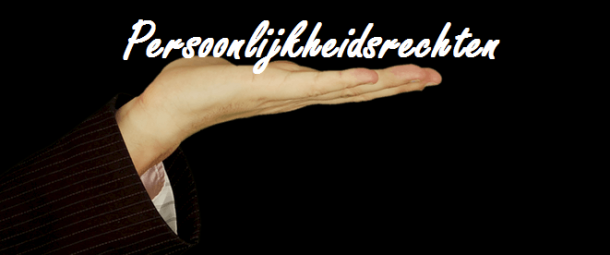As the author of a work, under copyright law you automatically gain various moral rights too. These rights continue to exist even if you have transferred your copyrights. The four moral rights under copyright law are as follows:
1. Droit à la Paternité:
The right to object to the publication of the work with no mention of your name.
2. Droit au respect:
The right to object to any change, disfigurement, mutilation or other impairment of the work.
3. Droit de publication:
The right to decide whether to publish (further).
4. Droit de repentir:
The maker’s entitlement to amend his work.
You can find these moral rights in Section 25 of the Dutch Copyright Act. But what do these moral rights involve exactly?
1. Droit à la Paternité
The right to object to the publication of the work with no mention of your name.
One of your moral rights under copyright law is the right to object to the publication of your work without stating your name. Imagine that you write a book and agree with a publishing company that they will sell your book. If your book is published without stating your name, you are permitted to object to this. However, it is possible to agree with the publisher that you will waive this moral right and will not object if your name is not mentioned. If this has not been agreed, you are permitted to object.
Section 25 of the Dutch Copyright Act also includes the right to object to the publication of your work under a different name. For example, if you have agreed that a party can use your photo on their website but they do so stating a different name, you can object to this. You cannot waive this moral right.

2. Droit au respect
A. The right to object to any alterations to the work
B. The right to object to any disfigurement, mutilation or other impairment of the work
A. This moral right is the right to object to alterations to your work. An exception applies here, namely that you cannot object if the objection is contrary to the principle of reasonableness. But what does reasonable actually mean? This concept can only be described as what most people would consider correct. If an alteration could be regarded as prejudicial to the reputation or name of the maker, it is possible to object to the change. If an editor corrects numerous language errors, for example, this cannot be regarded as an unreasonable amendment of the work.
B. The right to object to any change, disfigurement, mutilation or other impairment of the work. This right cannot be waived. If someone damages or mutilates your work such that you can no longer endorse it, you have the right to object. Imagine if someone were to throw a considerable amount of paint at your painting. This constitutes the mutilation of your work and you have the right to object.
3. Droit de publication: The right to decide whether to publish (further)
This right relates to the maker’s power to decide whether or not the work will be published. This may also involve deciding whether continued publication or republication may take place.

4. Droit de repentir: The author’s amendment authority
The droit de repentir relates to the author’s entitlement to amend his work. S. 25 paragraph 4 of the Dutch Copyright Act entitles the author to ‘such alterations’ to the work as he may make in good faith in accordance with social custom. Here, ‘in good faith’ can be explained as in reasonableness and fairness.
What happens to the moral rights after the maker’s death?
After the maker’s death, copyrights are transferred to the heir or a person nominated in the will. This does not happen automatically in the case of moral rights. The maker can allocate his moral rights to a third person, if this person has been expressly appointed for this purpose. If nobody has been appointed, the moral rights will lapse upon the maker’s death.
Protect your work!
As you can see, copyright law provides makers with a great deal of protection. It is therefore important to be able to demonstrate that you are the maker of your work and hold the copyrights, so that you can be sure of this protection. Uploading your work into your CC Proof account provides it with an official date of birth. This allows you to demonstrate that you were the first person to come up with the work.
 CC ProofCopyright management
CC ProofCopyright management